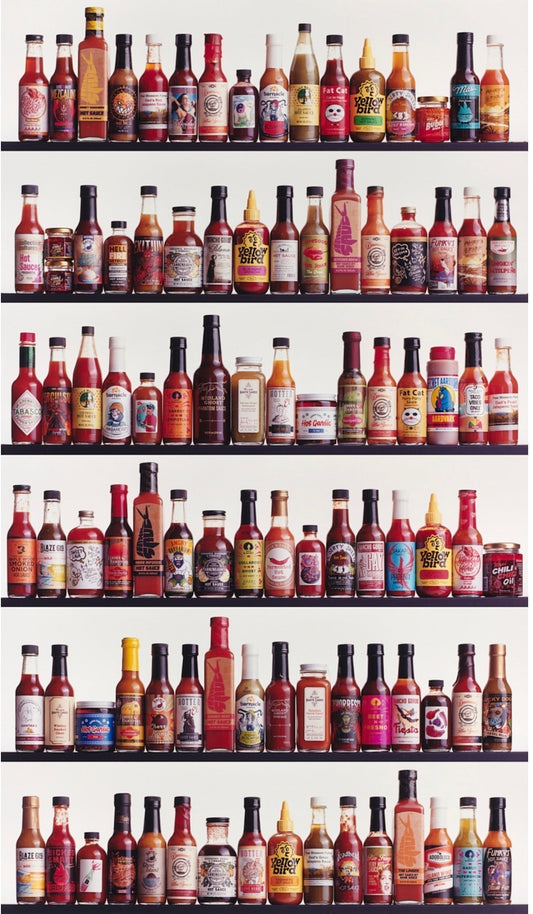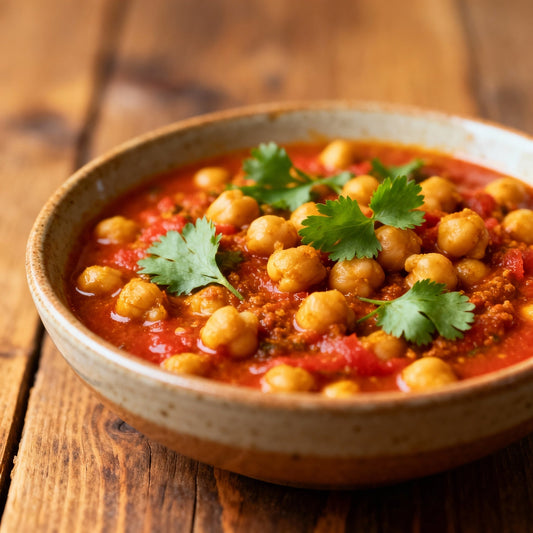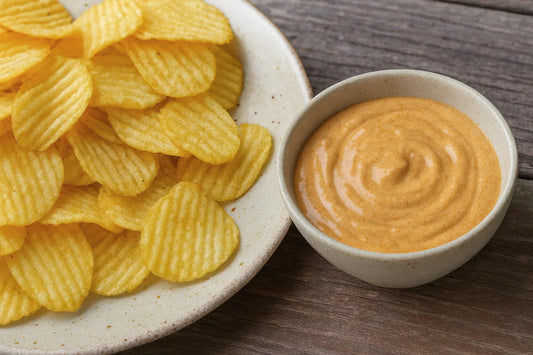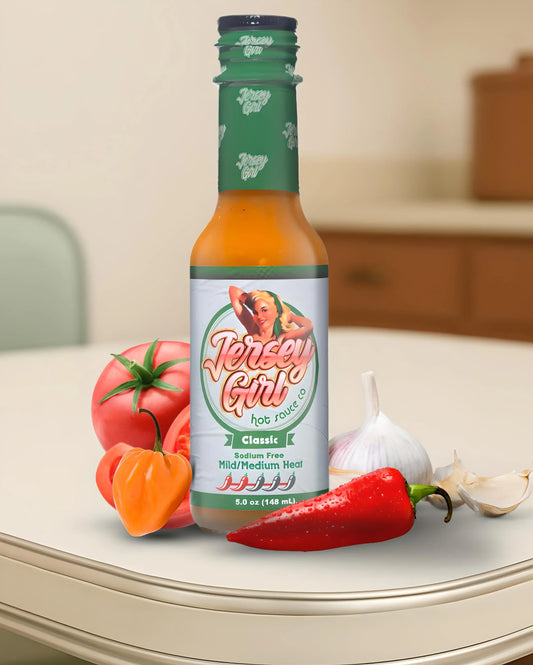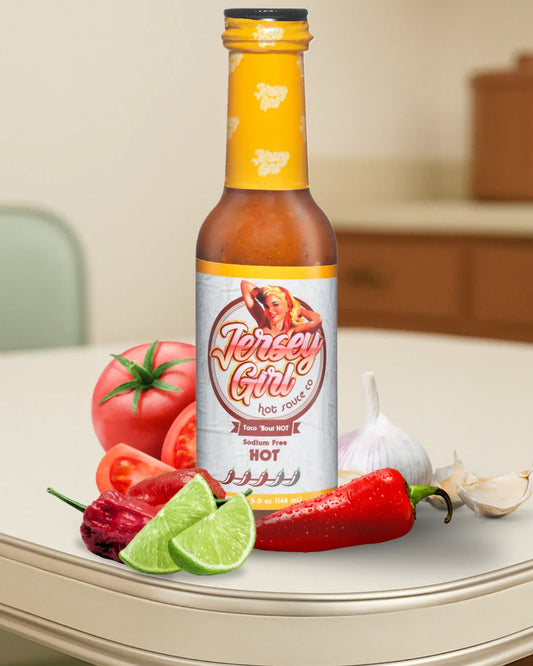Why Your Food Doesn’t Need Sodium to Taste Amazing.
Share
Salt Isn’t Flavor—It’s an Addiction in Disguise
The Illusion of Flavor
For generations, salt has been the go-to seasoning. A sprinkle makes food “taste better,” but what’s really happening? Salt doesn’t create true flavor—it tricks your taste buds into wanting more. That initial hit on the tongue masks blandness but doesn’t add depth, complexity, or nutrition.
Why We Crave Salt
Salt stimulates the brain’s reward system much like sugar or caffeine. Over time, it takes more salt to get the same satisfaction, which is why recipes often start with a heavy hand at the salt shaker. It’s less about improving food and more about feeding a learned dependence.
The Health Tradeoff
Too much sodium raises the risk of high blood pressure, heart disease, and kidney problems. Most Americans consume far more sodium than recommended—often unknowingly—through restaurant meals, canned foods, and packaged sauces.
True Flavor Comes From Ingredients
Real flavor is layered and vibrant, coming from the quality of ingredients—not additives. Fresh vegetables, slow roasting, natural sugars, smoky peppers, bright citrus, and a splash of vinegar build flavor without relying on salt.
Spice Over Salt
Many hot sauces load up on salt—sometimes over 200mg per teaspoon—but clean-label options like Jersey Girl Hot Sauce use fresh, oven-roasted vegetables and peppers to provide natural heat and depth. When spice carries the flavor, salt isn’t needed.
Break the Habit
Cooking without salt might feel unusual at first—like coffee without sugar—but your palate soon resets. You begin to notice the sweetness of a carrot, the acidity of a tomato, the heat of a pepper, and the richness of a slow roast. That’s real flavor. Salt is just smoke and mirrors.
Why Salt Matters
Salt contains sodium and chloride, essential electrolytes your body needs to:
-
Balance fluids and blood volume
-
Send nerve signals
-
Support muscle function, including the heart
Without sodium, you risk dehydration, low blood pressure, and nerve or muscle issues.
How Much Do We Need?
-
According to Brown Health University, only about 500 mg of sodium a day is needed for basic body functions.
-
But the average American consumes over 3,400 mg—seven times more than necessary.
-
The American Heart Association recommends staying between 1,500 and 2,300 mg daily.
The Problem
Most excess sodium doesn’t come from adding table salt—it’s hidden in processed foods, sauces, and restaurant meals. That’s when sodium shifts from nutrient to addiction.
Bottom Line
Our bodies need a little salt, but far less than most people eat. True flavor comes from quality ingredients and spices—not from loading food with sodium.
Disclaimer: This content is informational only and not medical advice. Always consult a healthcare professional before making dietary changes.
